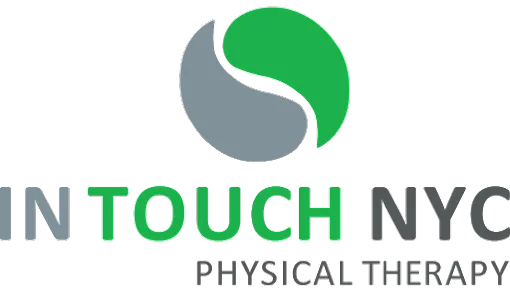The discs that sit between and cushion the bones in your spine can sometimes tear, causing the jelly-like center to push outward. The result of this condition, called a
herniated disc, is a range of symptoms that can vary from uncomfortable to downright debilitating:
- Weakness and numbness in the arms or legs
- Pain in the back, thighs, buttocks, and/or limbs
- Tingling throughout the arms or legs
- Difficulty standing, walking, or holding items
While surgery may occasionally work to repair the disc and ease symptoms, there is a less invasive way to treat herniated discs:
Physical therapy. Here is a look at how to manage a herniated disc, and how physical therapy can help.
Avoid These Daily Activities
Chances are, you engage in many activities every day without giving them much thought. When you suffer from a herniated disc, however, you can minimize pain by intentionally avoiding activities that can worsen your damaged back. Here are some of the most important:
- Prolonged sitting
- Doing laundry
- Vacuuming
- Bending over
- Strenuous exercising
- Wearing heels
These activities put pressure on your spine which can worsen your herniated disc and lead to more intense symptoms. Avoiding them while you wait for and engage in physical therapy can set you up for a faster recovery and less pain.
Take Steps to Reduce Pressure From The Disc
The pain from a herniated disc is usually caused by pressure being applied to the nerves around the disc. In order to alleviate that pain, you should take steps to relieve the pressure on the affected nerves while you await physical therapy treatment. Here are some of the steps you can take:
- Apply heat to the affected portion of your back.
- Apply ice to the affected portion of your back.
- Lie facedown with pillows supporting your hips.
- Try over-the-counter medication.
Choose A Treatment Option For Your Herniated Disc
If you suffer from a herniated disc, the good news is that you have multiple treatment options available to you. Usually, herniated discs resolve without surgery, which makes it simpler and less invasive than you might expect to manage this condition. Here is a look at the
most common methods for treating herniated discs.
Home Remedies
Mild or moderate herniated discs sometimes respond to treatment at home. Reducing activities that place pressure on the back, and embracing steps to reduce pressure and pain, (such as those described above) can help provide relief while the disc heals. If necessary, you can also rest in bed for 1 or 2 days to give your back time to recover. Just make sure not to become too sedentary, as doing so can make it harder to get back to health.
Physical Therapy
Physical therapy is one of the most common, and effective, methods of treating a herniated disc. Your physical therapist can implement an exercise regimen designed to strengthen the muscles in your back, while also utilizing tools such as massage, electrical stimulation, and stretching to ease your symptoms.
Injections
Sometimes, injections are necessary to reduce the swelling and pain caused by a herniated disc. The doctor will inject a steroid into the space affected by the disc in order to bring pain relief.
Surgery
Surgery is usually a last resort option and is often not necessary. Most herniated discs heal with treatment and rest within 4 to 6 weeks. However, discs that do not heal over time, and that continue to cause symptoms that make it hard to accomplish everyday activities, may benefit from surgery.
How does physical therapy treat herniated discs?
Physical therapy is one of the most reliable ways to treat herniated discs. Here is a look at
what to expect when you choose a PT to help you manage this condition.
Exercises
Your physical therapist should create a
customized treatment plan that includes exercises and stretches designed to
strengthen the muscles of your back that surround the affected disc.
The result is reduced pain as your back becomes better able to support the disc and prevent pressure from falling on the nerves around the disc.
If exercise is painful, your physical therapist may choose alternative approaches, such as aquatic therapy, to reduce pressure and enable exercise without discomfort.
Deep Tissue Massage
If the pain from your herniated disc is being caused by muscle spasms, you may benefit from deep tissue massage. This type of massage can relieve muscle tension and help your back to relax, leading to greater mobility and relief.
Electrical Muscle Stimulation
Your therapist may also support your recovery with electrical muscle stimulation. This approach sends a small electrical signal to the affected portion of your body. These signals can stimulate healing in the affected area, as well as relieve pain.
If you are suffering from a herniated disc, reach out to the compassionate and
skilled physical therapists at
In Touch NYC. We have experience in dealing with this painful condition, and can implement a customized treatment plan to help you heal. From exercise to massage, we can get you back on the path to health with pain-reducing, pressure-alleviating practices. We look forward to seeing you!



